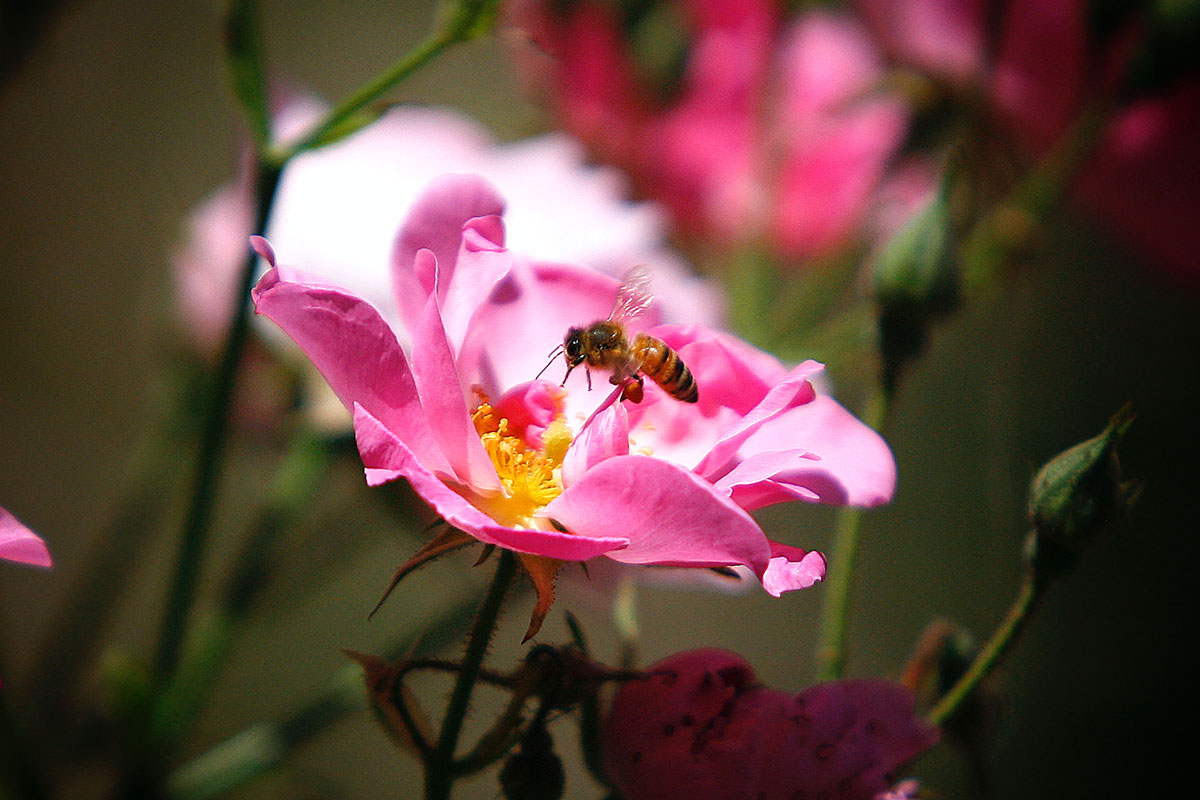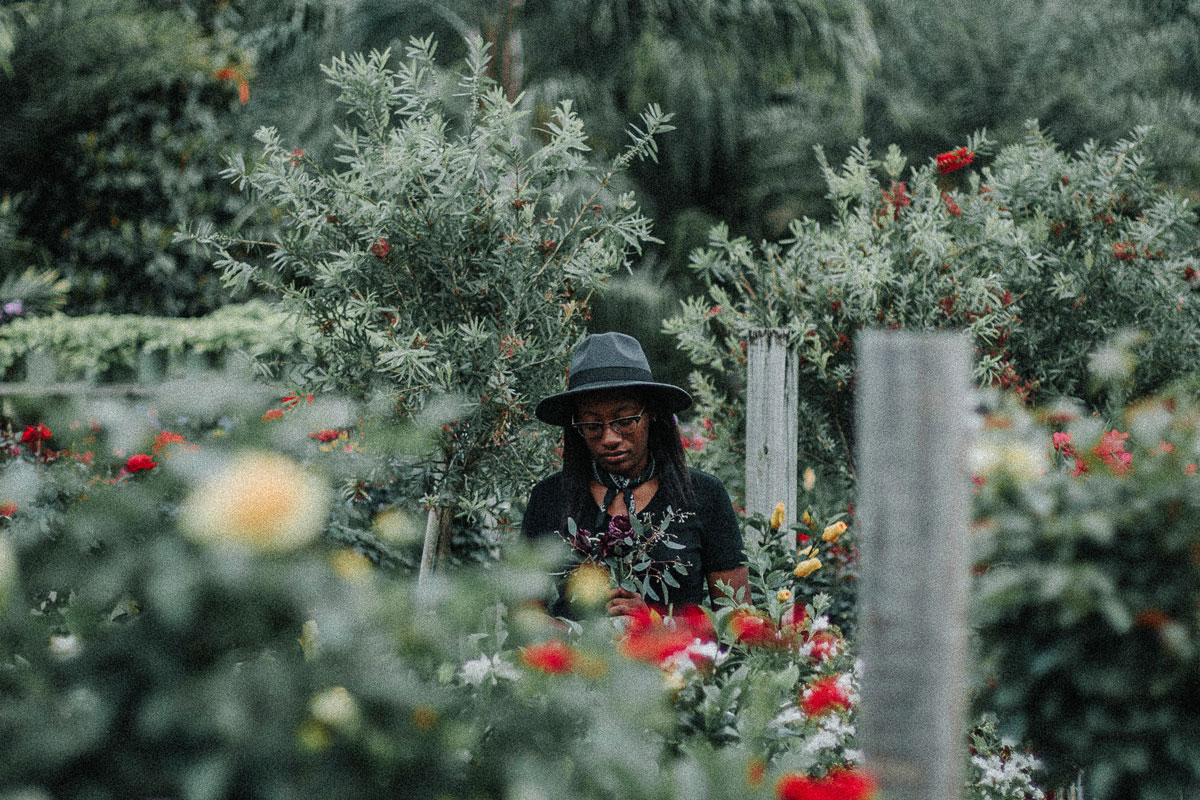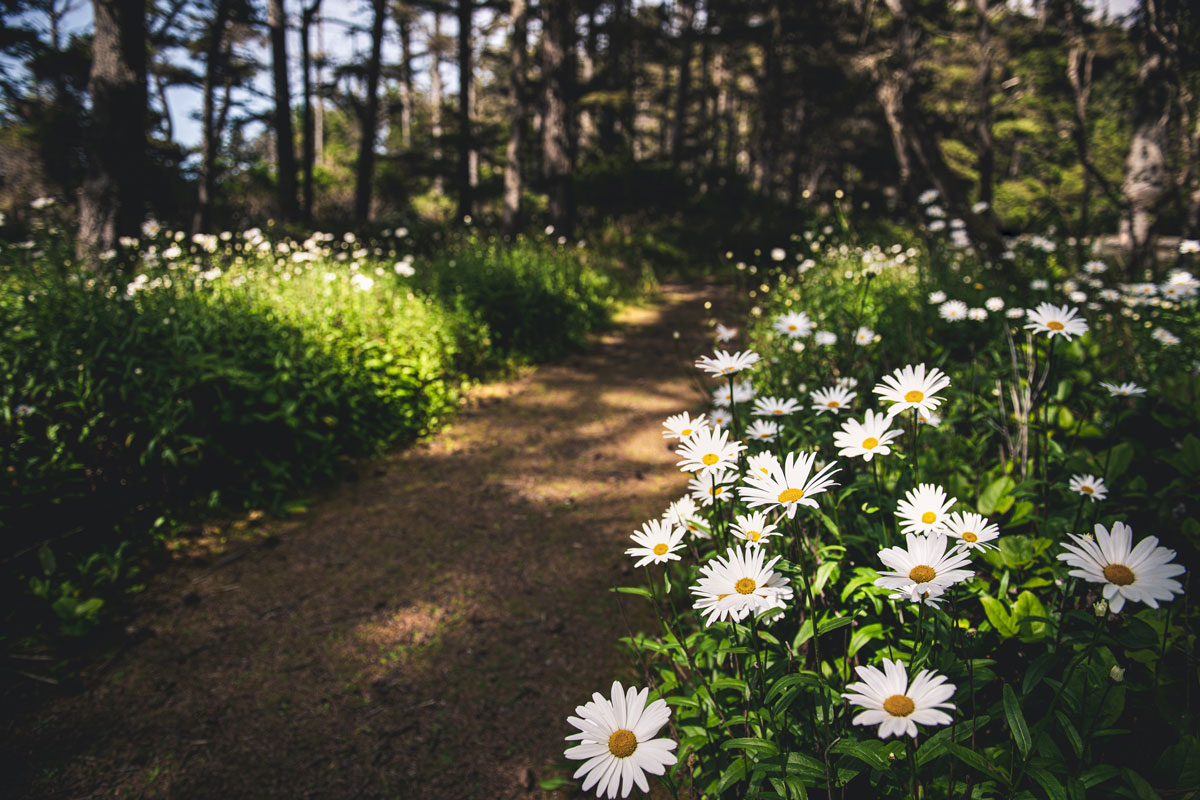
Herbal Allergy Support Using Ayurvedic Herbs
Allergies manifest in many ways. There are food allergies, seasonal allergies, skin allergies, and allergic reactions to fragrances. As is the case with any health imbalance, it’s easy to get distracted by symptoms and acute discomfort. However, Ayurveda has a holistic approach to wellness—and allergy management follows that approach. In this article, you will learn about ayurvedic herbal allergy support, and you will become familiar with the ayurvedic approach and theory for ameliorating allergies.

I Can’t Digest This!
It all comes back to the gut, and allergies are no different. If you tell an ayurvedic practitioner that you’re experiencing seasonal allergies, then questions about your digestion, bowel movements, and eating habits will likely ensue. To find herbal allergy support, Ayurveda goes beyond what is happening in the here and now. To resolve seasonal allergies, for instance, one has to come to a better understanding of what is happening with the individual during the entire course of the year.
One of my ayurvedic teachers used to say that if someone comes to her with allergies in the spring, she may suggest a short-term solution, but she’ll then ask the client to come back for a visit next winter. This is because the doshas go into accumulation, aggravation, and alleviation based on the flow of the seasons. If someone experiences allergies that indicate a kapha imbalance in spring—the kapha season—it means that kapha dosha was actually accumulating in winter. Therefore, the optimal approach would be to pacify kapha dosha when it’s accumulating—in winter. This approach is preferential to waiting until the problem is in full bloom (no pun intended).
So how exactly does one get to the root of the problem? The importance of agni (digestive fire) cannot be understated when it comes to finding herbal allergy support. This approach applies to all forms of allergies—seasonal, topical, and environmental. When an allergic reaction occurs, your body is essentially sending the message, “I can’t digest this.” Furthermore, Ayurveda teaches that agni, or digestion, does not exist solely in the gut. Each dhatu, or bodily tissue, has its own agni—the dhatu agni. When a pathogen or allergen enters the body, the dhatu agni is responsible for making short work of the invader. However, if the agni is compromised in any way, then it may fail to digest the invader. In that case, the pathogen or allergen may damage the cells, causing the formation of ama, a type of metabolic waste that will ultimately further dampen the agni (Lad, 2012).

Therefore, one of the first steps in herbal allergy support is to balance agni (digestive fire). In order to cultivate and maintain a healthy agni, one must understand their individual dosha and which foods, herbs, spices, and lifestyle practices are generally balancing for their constitution.
Also, allergies will present differently depending on the triggering allergen and which dosha(s) are involved. When agni is compromised the result is ama, and one or more doshas may mix with the ama to produce an allergic reaction (Lad, 2012). Let’s look at a few examples of herbs and herbal formulas that may be indicated for year-round herbal allergy support.
Herbal Allergy Support by Dosha
Kapha Allergy Support

Chitrak (Plumbago zeylanica) root is a heating, purifying, and lymph-moving herb that’s especially helpful for herbal allergy support in kapha individuals. Kapha type allergies present more often in spring and may be accompanied by sinus congestion, abundant mucus, and watery eyes (Lad, 2012). Chitrak, a distinctly spicy root, is great for boosting sluggish digestion. Ayurvedic practitioner Vishnu Dass (2013) suggests 250 mg-3 grams per day of chitrak. Chitrak can be taken with a small amount (4-8 ounces) of hot water along with a teaspoon of honey 2-3 times per day.
You can take chitrak to address acute allergies; however, it’s most helpful when taken at the first signs of compromised digestion. For instance, if your digestion tends to become sluggish in the winter, a bit of chitrak daily can stoke the agni, helping you take a proactive approach to spring allergies.
Vata Allergy Support

Sensitivity to nightshades, gas, bloating, and muscle spasms are all examples of allergies that may be linked to a vata disturbance. For vata individuals or those with a vata excess, it’s best to stick to herbs and spices that are warming but not overly drying and heating. The classic ayurvedic blend Dashamula (meaning “10 roots”) is helpful because it calms the nerves, regulates the movement of vata dosha, and assists in lung expectoration (Lad, 2012). Dashamula is made of powdered bilva (Aegle marmelos) fruit, agnimantha (Premna integrifolia) root, shyonaka (Oroxylum indicum) root, patala (Stereospermum suaveolens) root, kashmari (Gmelina arborea) root, bruhati (Solanum indicum) root, kantakari (Solanum xanthocarpum) herb, shalaparni (Desmodium gangeticum) herb, prushniparni (Uraria picta) herb, and gokshura (Tribulus terrestris) fruit. Take 1 teaspoon in 8 ounces of hot water twice a day (Banyan Botanicals, n.d.). Also, a vata-pacifying diet and lifestyle that emphasizes warm, moist, tonifying foods and grounding practices will be helpful.

Pitta Allergy Support
Hives, rashes, and inflammation are all indicative of allergies that involve a pitta disturbance (Lad, 2012). For individuals with a high pitta constitution or pitta vitiation (excess), it is best to emphasize spices that stoke agni without overheating pitta, such as cumin (Cuminum cyminum) seed, coriander (Coriandrum sativum) seed, and fennel (Foeniculum vulgare) seed. Cooling foods, such as coconut and watermelon, are also indicated (Lad, 2012). Taking 1-2 teaspoons of fresh cilantro juice is another suggestion for seasonal allergies, and cilantro is particularly supportive for pitta individuals (Dass, 2013).
Herbal Allergy Support for Spring

By now, it’s probably clear that there is no one path or protocol for herbal allergy relief. Suggestions vary greatly depending on the trigger, dosha, and season. However, because spring is the time of year in which allergies are often most prevalent, let’s examine a formula aimed at herbal allergy support in spring.
This formula from renowned ayurvedic practitioner and teacher, Dr. Vasant Lad (2012) specifically addresses kapha type spring hay fever. Ginger (Zingiber officinale) rhizome and pippali (Piper longum) fruit stoke the agni, turmeric (Curcuma longa) rhizome soothes inflammation and supports liver function, and punarnava (Boerhavia diffusa) root is a cooling diuretic that soothes irritated mucous membranes (Dass, 2013).
Adapted from Dr. Vasant Lad
400 mg punarnava (Boerhavia diffusa) root powder To Use:
Take ½ teaspoon of the mixture in 4-8 ounces of just-boiled water, 3 times per day.
Herbal Allergy Support for Spring Hay Fever
200 mg dried ginger (Zingiber officinale) rhizome powder
200 mg turmeric (Curcuma longa) rhizome powder
200 mg pippali (Piper longum) fruit powder

The following recipe is a simple formula from ayurvedic practitioner Vishnu Dass (2013). Several years ago, I suggested this blend to an Ayurveda client who suffered from seasonal allergies, particularly during spring. My client had a primarily pitta constitution, and found herbal allergy support by taking this formula in combination with a pitta-pacifying diet. I suggest that this blend be taken in aloe vera juice for individuals with a pitta imbalance and with hot water for vata and kapha individuals. Adapted from Vishnu Dass
To Use:
Take ¾ teaspoon of the powder in 4 ounces of aloe vera juice (pitta) or 8 ounces of hot water (vata and kapha) two times per day.
Three-Ingredient Formula for Herbal Allergy Support
1 part nettle (Urtica dioica) leaf powder
1 part turmeric (Curcuma longa) rhizome powder
1 part amalaki (Emblica officinalis) fruit powder
The Heart and Guts of Herbal Allergy Support
As you can see, the methods for finding herbal allergy support are manifold. However, it’s always good to come back to the heart of the matter—or the guts as it were. Remember that the number one protocol for finding herbal allergy support is to strengthen and balance the agni, or digestive fire. A robust digestion can handle (almost) anything.
In addition to balancing and nourishing agni, there is another key piece in this equation. The digestive power is supported by ojas, the underlying foundation of immunity (Lad 2012). Ojas plays a crucial role in maintaining immunity. Ojas a subtle, sustaining life force. Though the heart is considered to be the home for a very special, refined form of ojas, this mysterious and all important substance is not found in a single bodily system. Rather, it is a pervasive sense of wellness, resilience, and immunity. Strong ojas underlies a strong agni, and a strong agni will ultimately allow an individual to build and maintain ojas.

Also, there is another link between nourishment and ojas. According to Ayurveda, the human body is made up of seven tissues, or dhatus. The peripheral dhatus (i.e. plasma and blood) must be nourished for the deeper dhatus (i.e. bone marrow and nervous system) to be properly fed. Only after all seven dhatus are adequately cared for can more ojas be built. So, a strong agni (digestive fire) and abundant ojas (life force) is indeed the ayurvedic secret to good health.
Allergies: The Long Game
If you suffer from allergies of any kind, it is always helpful to identify the trigger and avoid it or remove it from your diet and environment. However, beyond removing the allergen, an allergic reaction may be a hint that your agni and ojas could use a little extra TLC. It may be helpful to keep in mind that a person with a strong agni will generally be able to digest pathogens and allergens, unless they are exposed to a very large amount (Lad, 2012). So, understanding your dosha, building and balancing your agni, and ultimately bolstering your ojas may help to calm allergies in the long run.

REFERENCES
Dashamula. (n.d.). Retrieved from https://www.banyanbotanicals.com/dashamula-whole/
Dass, V. (2013). Ayurvedic herbology East and West: A practical guide to ayurvedic herbal medicine Twin Lakes, WI: Lotus Press.
Lad, V. (2012). Ayurvedic perspectives on selected pathologies (2nd ed.). Albuquerque, NM: The Ayurvedic Press.








